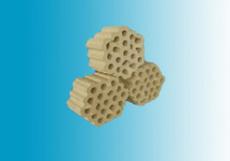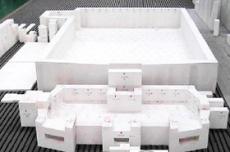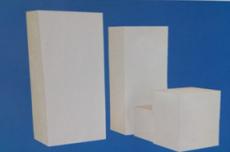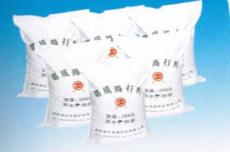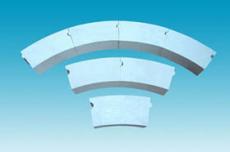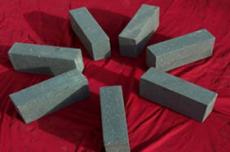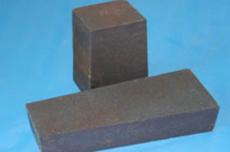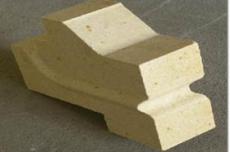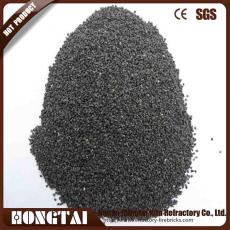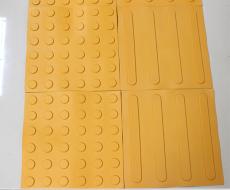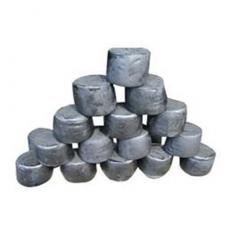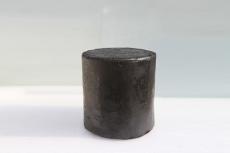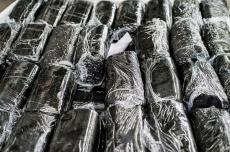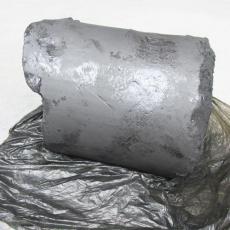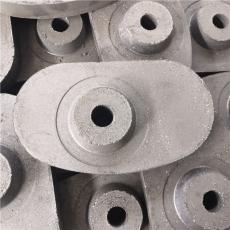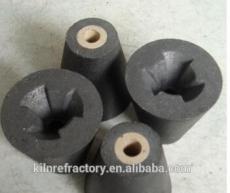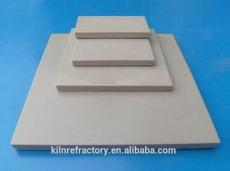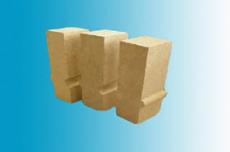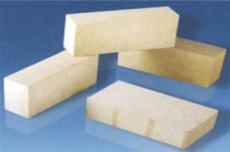
I. Types of refractory spray coatings
1. Classification by material
Aluminum silicate: With aluminum silicate as the main raw material, it has certain high temperature resistance, can generally withstand high temperatures of 1000℃ - 1300℃, has good thermal stability, and is often used for repairing and protecting the lining of industrial furnaces, such as some small heating furnaces, annealing furnaces, etc.
Corundum: With corundum as the key component, due to its high hardness and high melting point, this spray coating has excellent high temperature resistance, which can reach 1600℃ - 1800℃. It is often used in furnaces with high temperatures and harsh working conditions such as steel and non-ferrous metal smelting, such as steelmaking converters, electric furnace tops, etc.
Magnesium: With magnesia as the main raw material, it has good resistance to alkaline slag erosion and is suitable for use in alkaline environments. The refractoriness is usually 1500℃ - 1700℃, and is widely used in cement kilns, glass kiln regenerators and other parts with strong alkaline atmospheres.
Silicon carbide: Contains silicon carbide, which is not only resistant to high temperatures, but also has good thermal conductivity and wear resistance. It can withstand high temperatures of 1400℃ - 1600℃ and is often used in high-temperature pipelines, circulating fluidized bed boilers and other places that require wear resistance and thermal conductivity.
2. Classification by binder
Cement bonding: Using cement as a binder, it has low cost and convenient construction. It has a certain strength development during the hardening process, and the early strength growth is relatively fast, which can make the spray coating adhere to the sprayed surface quickly. It is suitable for normal temperature or medium temperature parts of general industrial furnaces, such as the lining of ordinary heat treatment furnaces.
Phosphate bonding: Using phosphate as a binder, the high temperature performance is better than that of cement bonding. It can form a stable bonding phase at high temperature, and the refractoriness is improved. It is often used in some furnaces with high high temperature strength requirements, such as the high temperature section of steel rolling heating furnaces.
Water glass bonding: Using water glass as a binder, it has good acid resistance and adjustable hardening speed. It is used in the repair or new construction of furnace linings in acidic environments in the chemical industry, such as the reactor in sulfuric acid production equipment.
2. Construction method of refractory spray coating
1. Preparation before spraying
Thoroughly clean the surface to be sprayed, remove impurities such as oil, rust, dust, etc., and ensure that the spray coating has good adhesion with the substrate. Sandblasting, grinding, purging and other methods can be used. For example, the oil stains on the wall of the steelmaking furnace should be cleaned with chemical cleaning agents before sandblasting.
Check the spraying equipment, including spray guns, feed pipes, air compressors, etc., to ensure the normal operation of the equipment, and adjust the spraying pressure, air flow and other parameters. The air compressor pressure is generally adjusted between 0.4-0.6MPa according to the type of spray coating and the spraying thickness.
Premix the spray coating to ensure that all raw materials are evenly distributed. For powdered materials, sieve to remove lumps. Liquid binders should be accurately measured and added in proportion. The stirring time is usually not less than 15 minutes to ensure the mixing quality.
2. Spraying operation
The handheld spray gun should maintain a suitable angle with the sprayed surface, generally 70° - 90°, and the distance should be controlled at 0.5 - 1.5 meters, and adjusted in real time according to the rebound of the spray material. For example, when spraying corundum spray material, the distance should be about 1 meter, and the angle should be close to vertical to ensure uniform and dense coating.
Use layered spraying, and the thickness of each layer should be controlled at 20 - 30 mm. After the previous layer is slightly dry (no obvious depression when pressing with fingers), spray the next layer to prevent the coating from sagging or cracking due to its own weight. The thickness of the entire coating is determined according to the design requirements. For example, the total thickness of the lining of a large industrial furnace can reach 100 - 200 mm.
During the spraying process, pay attention to the moving speed of the spray gun, keep moving at a uniform speed, and avoid uneven thickness. The speed is generally 0.5 - 1 m / s. At the same time, pay attention to the stability of wind pressure and material flow, and make timely adjustments if there is any abnormality.
3. Post-spraying treatment
After spraying, let the coating dry naturally for a period of time. Depending on the type of binder and the ambient temperature, the drying time can be 24-72 hours. Avoid collision and vibration of the coating during this period.
For kilns with special requirements, such as high-temperature kilns, the coating needs to be baked after drying. The temperature is slowly increased according to the predetermined heating curve to remove moisture from the coating and further solidify the binder. The heating rate is generally 10-20℃/hour in the early stage and 30-50℃/hour in the later stage. The maximum baking temperature reaches the use temperature or slightly higher than the use temperature.
